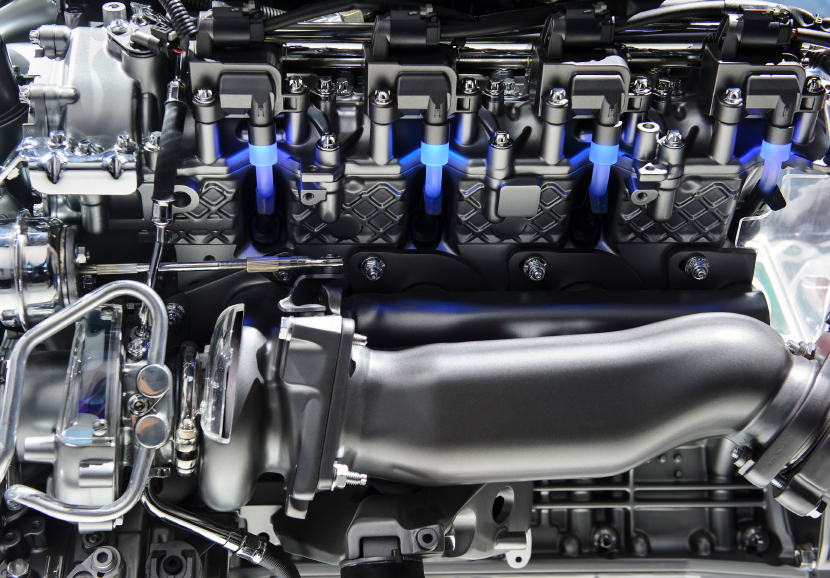Cold air intakes are a popular aftermarket upgrade for car enthusiasts looking to improve their vehicle’s performance. By replacing the stock air intake system with a cold air intake, it is claimed that the engine can receive a greater volume of cooler air, thereby enhancing combustion and increasing horsepower.
However, with numerous options available in the market, many consumers are left wondering: Are all cold air intakes the same?

Credit: resource-center.meineke.com
Are All Cold Air Intakes the Same or Not?
While the basic function of cold air intakes (CAIs) is similar, not all cold air intakes are the same. There are variations in design, materials, and performance characteristics that can make one cold air intake system different from another.
Here are some factors that differentiate cold air intakes:
1. Design:
- Standard Cold Air Intakes (CAIs): These replace the stock airbox and air filter with a more efficient design, often allowing for a smoother, less restrictive airflow into the engine.
- Short Ram Intakes (SRIs): These are shorter and draw air from within the engine compartment. They can provide performance gains but may not always deliver as much cool air as a traditional cold air intake.
2. Materials:
- Plastic vs. Metal: Cold air intakes can be made of various materials. Plastic intakes are common and are lightweight, resistant to heat, and often less expensive. Some high-performance models may use metal for added durability and heat dissipation.
3. Filtration:
- Dry vs. Oiled Filters: Cold air intakes come with either dry or oiled filters. Dry filters are low maintenance and generally easier to clean, while oiled filters may provide slightly better filtration but require careful cleaning and re-oiling.
4. Filter Shape and Size:
- Conical vs. Panel Filters: Conical filters have a cone shape, often providing better airflow. Panel filters are flat and may fit into more compact spaces. The choice depends on the design of the intake and the available space in the engine compartment.
5. Heat Shielding:
- Some cold air intakes come with heat shields to protect the filter from engine heat. This helps ensure that the intake is drawing in cooler air, improving performance.
6. Tuning and Calibration:
- Certain cold air intakes are designed to work optimally with specific engine tunes. Some may require recalibration of the engine control unit (ECU) to achieve the best performance.
7. Brand and Model:
- Different manufacturers produce cold air intakes with unique designs and specifications. Roush, K&N, AEM, and others offer a variety of options with different features and performance characteristics.
8. Legal Compliance:
- Check local emissions and vehicle modification regulations. Some areas have restrictions on aftermarket modifications, and certain cold air intakes may not comply with these regulations.
9. Installation Complexity:
- The ease of installation can vary. Some cold air intakes are designed for simple DIY installation, while others may require professional installation or modifications.
10. Performance Gains:
- The degree of performance improvement can vary. While most cold air intakes claim to increase horsepower and torque, the actual gains may differ based on the design and the specific vehicle.
Conclusion: Not All Cold Air Intakes Are Equal
Given the variables in filter quality, intake tube design, heat shielding, compatibility, performance gains, and price, it’s clear that not all cold air intakes are the same.
When considering a cold air intake upgrade for your vehicle, thorough research and consideration of these factors are crucial to ensure that you select a cold air intake that delivers on its performance claims while offering long-term reliability and value.
